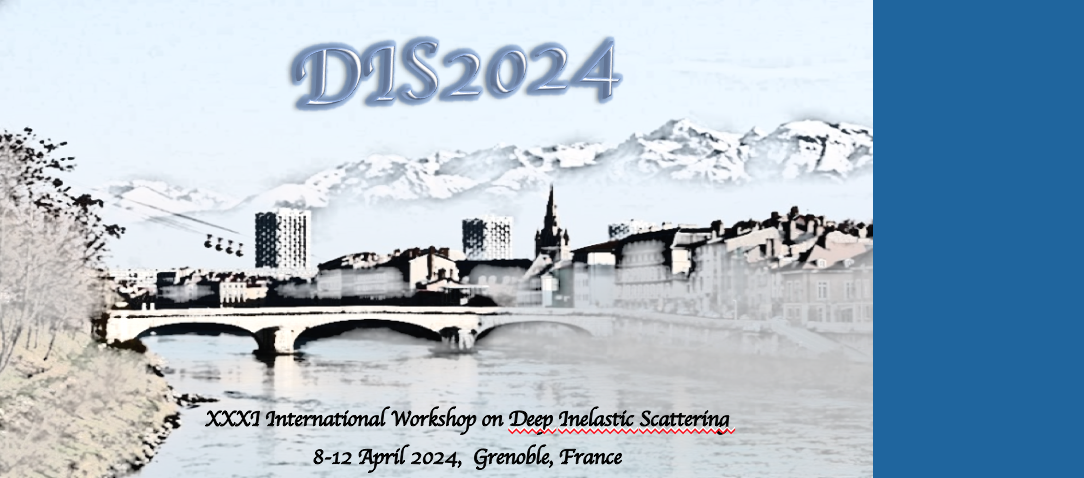Orateur
Description
The Electron-Ion Collider (EIC) is the next-generation US-based project for QCD and nuclear science. It will collide polarized electrons with polarized protons and light ions, as well as heavier ions across the full mass range, at a high luminosity, over a wide range of c.m. energies. The first detector (ePIC) will support a broad science program, but having two detectors would significantly expand the capabilities of the EIC. The possibility to cross check results between the two detectors will enhance its discovery potential, and as in the case of H1 and ZEUS, combining data could reduce the overall systematic uncertainties. The latter will be even more relevant for the EIC, since once the luminosity ramps up to its nominal value, most measurements will be limited by systematics. And those that require the highest luminosities (e.g., exclusive reactions and tomography of nucleons and nuclei) would greatly benefit from an improved far-forward near-beam acceptance, which is the main feature of the interaction region where the 2nd detector could be located. The ability to detect almost all nuclear fragments in reactions where the nucleus breaks up and a recoiling light nucleus in coherent processes will also enhance the nuclear part of the EIC program. The 2nd detector will also provide complementary capabilities to ePIC in other areas (e.g., improved muon detection), and will benefit from the ongoing Generic EIC Detector R&D program.

